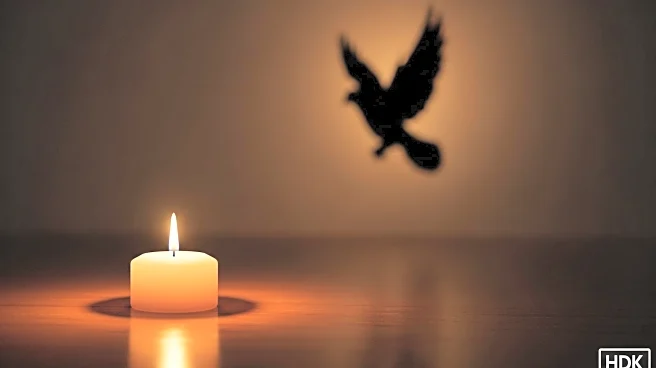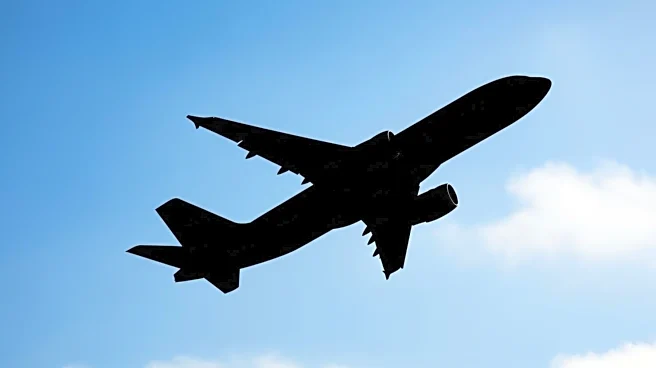What's Happening?
The Jewish community is reflecting on the tragic events of October 7, which coincided with Simchat Torah, a holiday traditionally associated with joy and spiritual renewal. On this day, a massacre occurred, marking one of the darkest moments in recent Jewish history. People gathered at Dizengoff Square in Tel Aviv on October 12, 2023, to light candles and remember the victims of the attack. The event has cast a shadow over the holiday, transforming it from a celebration into a time of mourning and reflection.
Why It's Important?
The significance of the October 7 massacre during Simchat Torah extends beyond the immediate tragedy, affecting the Jewish community's sense of security and cultural observance. This event highlights the vulnerability of religious and cultural gatherings, prompting discussions on safety and security measures during public celebrations. The impact is felt deeply within the community, as it challenges the traditional narrative of Simchat Torah as a time of joy, instead becoming a reminder of fragility and loss. This shift may influence future observances and the way the community approaches public celebrations.
What's Next?
In the aftermath of the October 7 massacre, the Jewish community may seek to enhance security measures during religious and cultural events to prevent similar tragedies. There could be increased collaboration with local authorities to ensure the safety of participants during public gatherings. Additionally, community leaders might focus on healing and resilience, organizing events that foster unity and support for those affected by the tragedy. The observance of Simchat Torah in future years may incorporate memorial elements to honor the victims and reflect on the community's strength in overcoming adversity.
Beyond the Headlines
The October 7 massacre during Simchat Torah raises broader questions about the intersection of cultural observance and security. It underscores the need for communities to balance tradition with modern safety concerns, potentially leading to changes in how public religious events are conducted. This incident may also prompt discussions on the role of cultural identity in the face of adversity, encouraging a deeper exploration of how communities can preserve their heritage while adapting to contemporary challenges.










